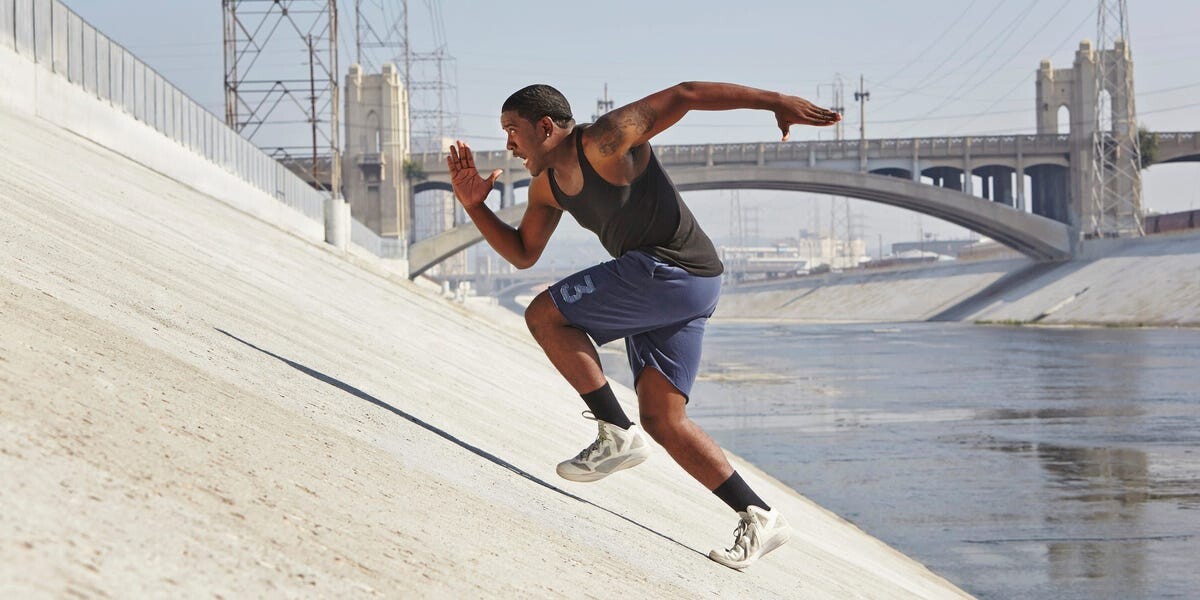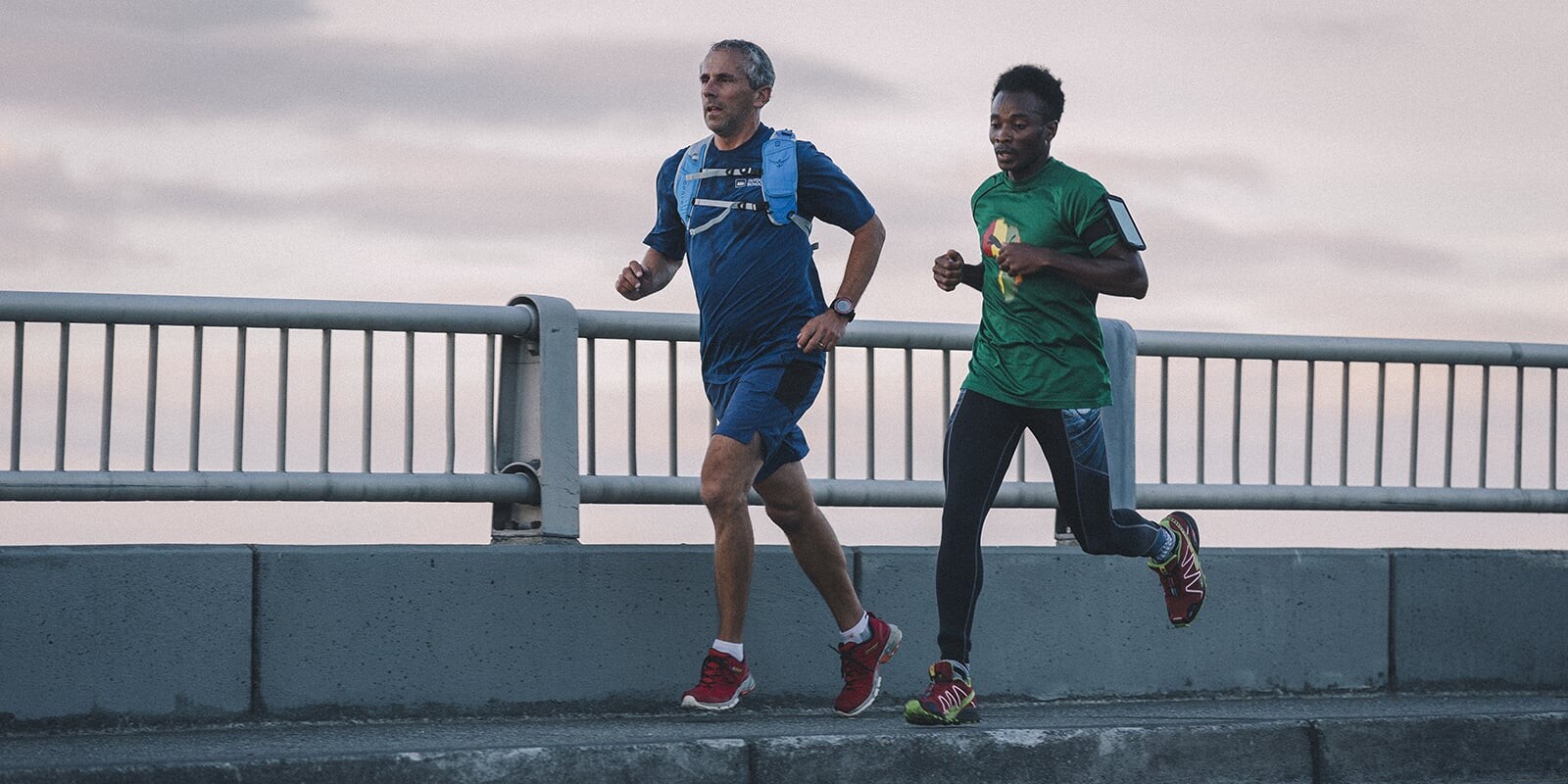Running News Daily
Running News Daily is edited by Bob Anderson. Send your news items to bob@mybestruns.com Advertising opportunities available. Train the Kenyan Way at KATA Kenya and Portugal owned and operated by Bob Anderson. Be sure to catch our movie A Long Run the movie KATA Running Camps and KATA Potato Farms - 31 now open in Kenya! https://kata.ke/
Index to Daily Posts · Sign Up For Updates · Run The World Feed
Four workout techniques to strengthen your mind and boost your next run
You’re halfway through the last mile of a 5K, and fatigue is starting to take its toll. Your legs are screaming. Your breathing is ragged. You have no choice but to slow down. Then you round a corner and see the finish line just a quarter of a mile away. Suddenly, you feel better! Physically nothing has changed, but your stride lengthens, your pace increases, and you finish strong.
This common experience is a prime example of how your mind controls your perception of fatigue. New research is revealing that fatigue doesn’t always occur when you reach your physical limits, but rather when your brain tells you that you’ve reached your limits. While this function exists to protect you from efforts that will hurt you, your brain often misinterprets signals and overprotects out of fear. But with the right kind of training it’s possible to overcome this overprotection and convince your brain that a higher level of effort won’t hurt—but instead empower—you.
Author and athlete Matt Fitzgerald maintains that in order to train your brain to accept more discomfort (and strengthen “mental fitness”) you should be “suffering for the sake of suffering” on occasion. “Most of your workouts should be gentle and comfortable,” he says. “But there are some you should set aside where training mental toughness is part of the objective.” In these workouts, expose yourself to near race-level suffering. “Discomfort should be an explicit objective of the workout,” explains Fitzgerald.

What this means in practice may look much like training you’ve done before, with the mindset that you want to stretch your limits and accept new levels of discomfort. Simply acknowledging that the perceived discomfort and fatigue is not something to be avoided but part of the goal can make it more bearable and enable you to endure more.
Here are a few ways Fitzgerald recommends brain training for toughness. None of these workouts are easy, but they do pay off. Not only will you emerge a faster runner, but you’ll also be empowered. “You come out feeling pretty proud of yourself,” says Fitzgerald. “You walk away having proved something to yourself that you can apply in races.”

1) Try Harder
The fact that you can never run at 100%—because your brain stops you long before you get there—means that you know your body can always go a bit harder. Trying to exceed what you did last time, either in speed or distance, is the most basic way you expand your limits. “You put a stake in the ground with a particular type of workout, and then you try to push a little further,” says Fitzgerald. “And when you go through those experiences and realize, ‘Hey, that workout didn’t kill me,’ you’re more likely to be able to dig a little deeper the next time.”
2) Run Hills That Hurt
Running hills at race pace can be an effective way of ramping up the mental difficulty. Your running mechanics will carry you at a previously-learned pace, but the incline often boosts the effort to a harder level than you would experience on flat terrain. When you get to that level, instead of panicking and slowing to trying to avoid the discomfort, Fitzgerald recommends telling yourself, “This is where I want to be.” Climb that hill and embrace suffering as the goal.
3) Time-Trial Finish
Another way to stretch your mental limits is to add a time trial to the end of a workout. After a solid-but-sensible workout like 6 x 1000 meter runs at a tempo pace (fast but not hard), try adding a 1-mile time trial—going as fast as you can. “When you’re running a mile on fatigued legs, the idea is not to PR,” says Fitzgerald. Your time doesn’t matter. The idea is to get comfortable with the uncomfortable.
4) Experiment With Open-Loop Runs
Take time completely out of the equation with an open-loop run. Fitzgerald recommends finding a short loop—one or two miles long—and running until you’re really tired but not defeated. The layout of the course makes all the difference. With loops you have to get your mind around continuing indefinitely rather than making it through a set distance. You also give yourself the chance to bail at any time. “It can be eye opening exercise, because you have to approach it with a completely different mindset,” says Fitzgerald. The open-ended run can trick you into exceeding predetermined expectations.
by Jonathan Beverly
Login to leave a comment




